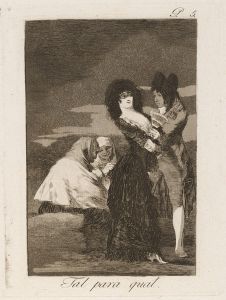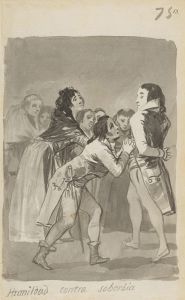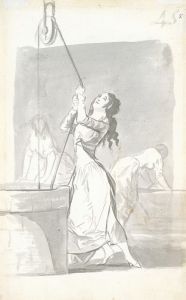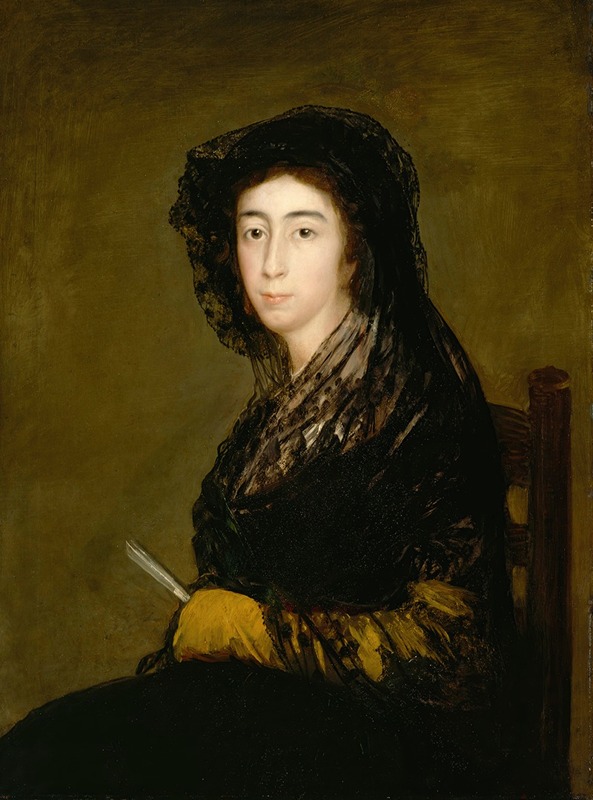
Dona Amalia Bonells de Costa
A hand-painted replica of Francisco de Goya’s masterpiece Dona Amalia Bonells de Costa, meticulously crafted by professional artists to capture the true essence of the original. Each piece is created with museum-quality canvas and rare mineral pigments, carefully painted by experienced artists with delicate brushstrokes and rich, layered colors to perfectly recreate the texture of the original artwork. Unlike machine-printed reproductions, this hand-painted version brings the painting to life, infused with the artist’s emotions and skill in every stroke. Whether for personal collection or home decoration, it instantly elevates the artistic atmosphere of any space.
Francisco de Goya, one of Spain's most renowned painters, created a portrait titled "Dona Amalia Bonells de Costa." This artwork is a testament to Goya's skill in capturing the essence and personality of his subjects, a hallmark of his portraiture work. Goya, who lived from 1746 to 1828, was a prominent figure in Spanish art, known for his ability to convey the complexities of human emotion and social commentary through his paintings.
"Dona Amalia Bonells de Costa" is a portrait that exemplifies Goya's mature style, characterized by a keen observation of detail and a subtle use of color and light. The painting depicts Dona Amalia Bonells de Costa, a member of the Spanish aristocracy. Goya's portraits often served as a means of documenting the social elite of his time, and this work is no exception. Through his art, Goya was able to capture not only the physical likeness of his subjects but also their social status and personal character.
In this portrait, Goya employs a restrained palette, focusing on the interplay of light and shadow to create a sense of depth and realism. The subject is depicted with a calm and composed demeanor, her attire reflecting the fashion of the period. Goya's attention to detail is evident in the delicate rendering of the fabrics and the subtle expression on Dona Amalia's face, which suggests a sense of introspection or contemplation.
Goya's ability to convey the inner life of his subjects is one of the reasons his portraits are so highly regarded. In "Dona Amalia Bonells de Costa," he achieves this through a combination of technical skill and psychological insight. The painting is not just a representation of physical appearance but also an exploration of the subject's personality and social identity.
The context in which Goya painted this portrait is also significant. During his career, Goya witnessed significant political and social changes in Spain, including the Peninsular War and the rise and fall of various political regimes. These events influenced his work, leading him to explore themes of power, identity, and the human condition. While "Dona Amalia Bonells de Costa" is primarily a portrait, it is also a reflection of the era's cultural and social dynamics.
Goya's portraits, including this one, were often commissioned by wealthy patrons who sought to assert their status and legacy through art. As such, these works provide valuable insights into the lives and aspirations of the Spanish aristocracy during the late 18th and early 19th centuries. Through his art, Goya not only documented the appearance of his subjects but also captured the essence of an era marked by both opulence and upheaval.
"Dona Amalia Bonells de Costa" remains an important example of Goya's portraiture, showcasing his ability to blend technical mastery with a deep understanding of human nature. The painting is a testament to Goya's enduring legacy as one of the great portraitists in the history of Western art.







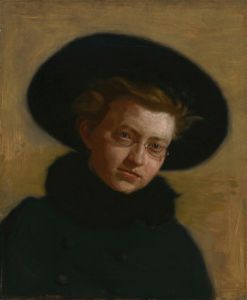

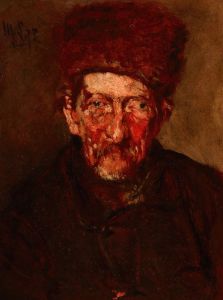
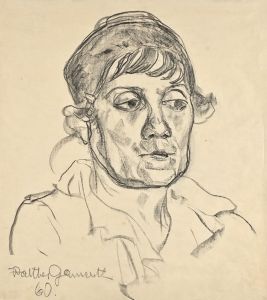
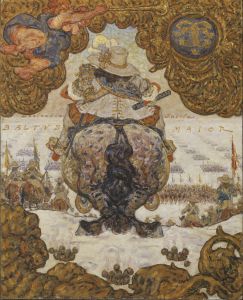


![Do Not Lose Honour through Fear [Folly of Fear]](/imgs/264599/s/francisco-de-goya-do-not-lose-honour-through-fear-folly-of-fear-9078775b.jpg)
